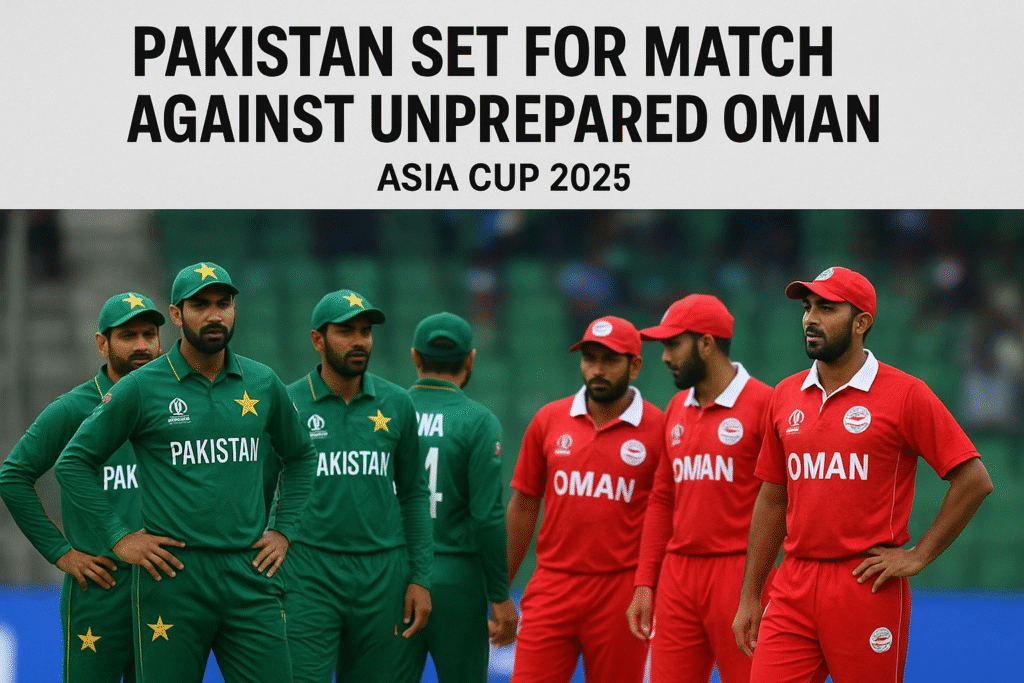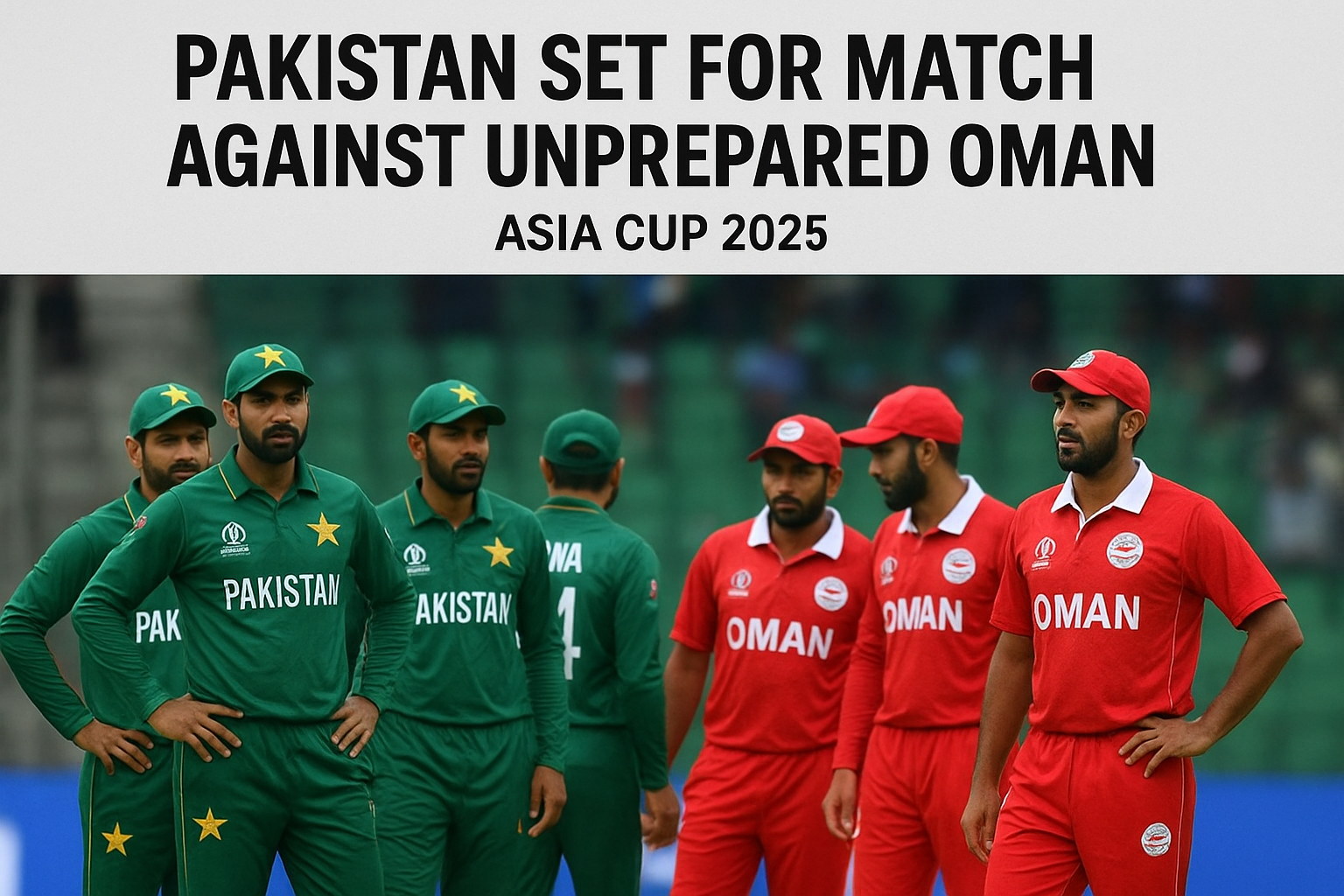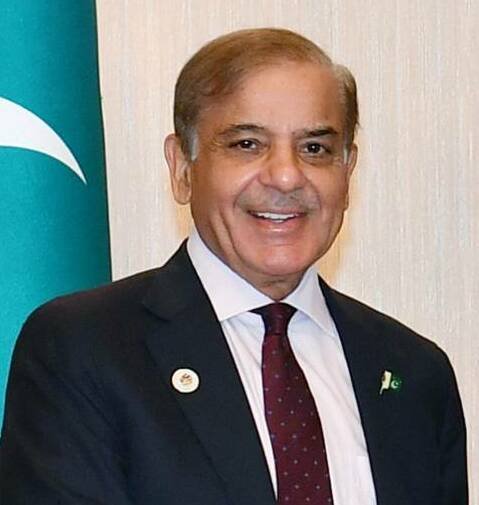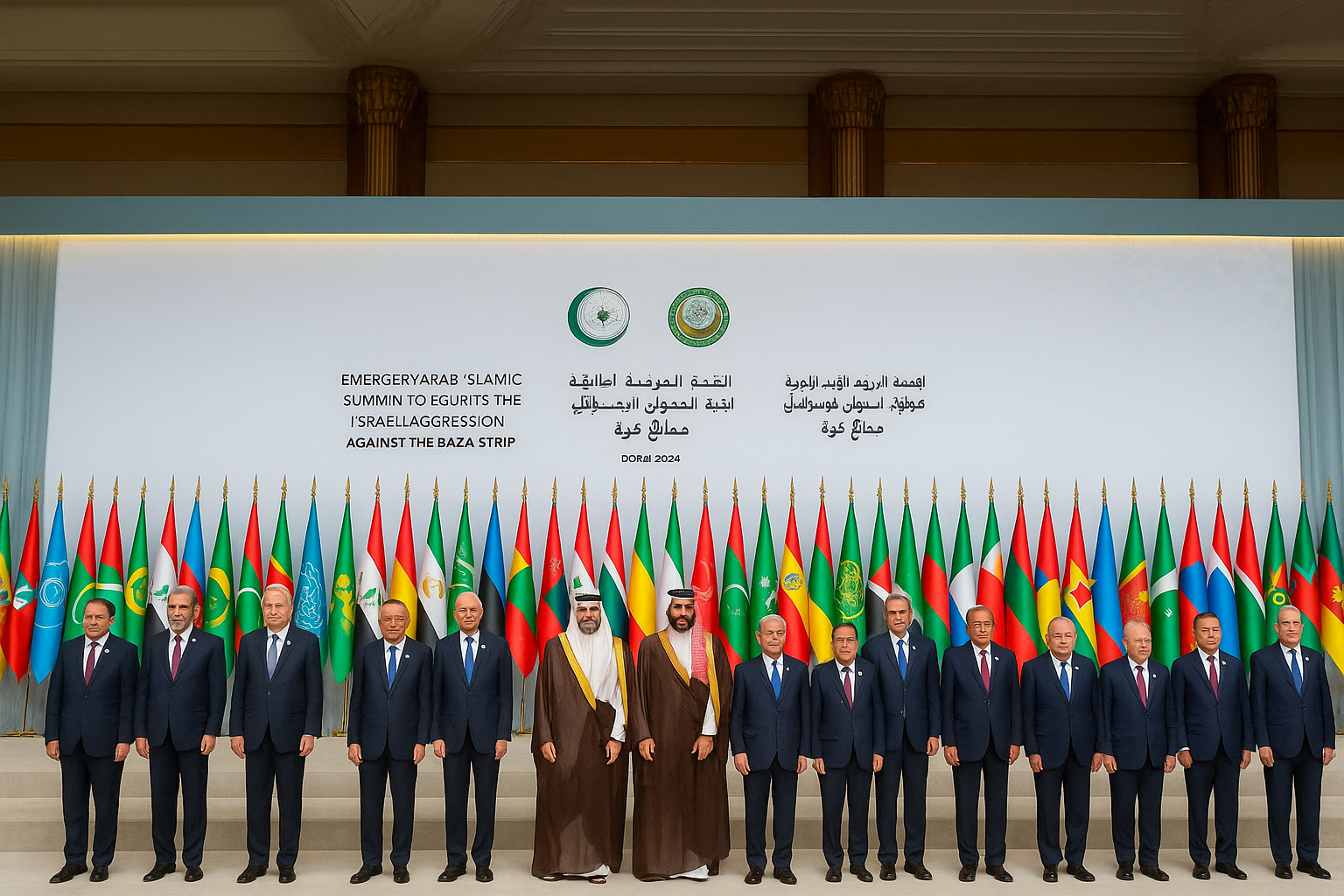Almost every international or continental tournament includes a few participants who do not belong at that competitive level, yet they still compete. This disparity, often described as a boys-among-men scenario, can arise from various factors, with representation being a significant and justifiable reason. However, one might speculate that it also relates to some administrator’s belief that a larger tournament equates to a larger prize.
Regardless of the underlying reason, Oman fits this unfortunate narrative perfectly. The current situation of this small cricket team, which was not particularly talented to begin with, is exemplified by their daunting challenge of facing Pakistan in both teams’ opening match of the Asia Cup 2025 on Friday in Dubai.
This is a Pakistan team that has won the championship twice and recently overwhelmed Afghanistan — the self-proclaimed second-best team in Asia and perhaps even beyond — in the final of a tri-nation tournament.

Moreover, this Pakistan team is in a position to drop Babar Azam and Mohammad Rizwan — both of whom rank among the top 10 run scorers in T20I cricket history — and still maintain a competitive edge.
Furthermore, this Pakistan team presents such a stark contrast to Oman that any analysis or preview should not even focus on them. It would be akin to advising a prime Wasim Akram on how to play against a helmet-less seven-year-old child in overcast English conditions during the mid-90s.
Analyzing Pakistan is unnecessary. Any combination of 11 players donning the green jersey should be able to secure a dominant victory. Whether it consists of eleven batters with no bowlers, six spinners and five wicketkeepers, or even a lineup made up of the support staff, it should suffice. In fact, coach Mike Hesson could open the batting for Pakistan, and they would still hold the advantage … at least on paper (more on this later).
Almost every international or continental tournament includes a few participants who do not belong at that competitive level, yet they still compete. This disparity, often described as a boys-among-men scenario, can arise from various factors, with representation being a significant and justifiable reason. However, one might speculate that it also relates to some administrator’s belief that a larger tournament equates to a larger prize.
Regardless of the underlying reason, Oman fits this unfortunate narrative perfectly. The current situation of this small cricket team, which was not particularly talented to begin with, is exemplified by their daunting challenge of facing Pakistan in both teams’ opening match of the Asia Cup 2025 on Friday in Dubai.
This is a Pakistan team that has won the championship twice and recently overwhelmed Afghanistan — the self-proclaimed second-best team in Asia and perhaps even beyond — in the final of a tri-nation tournament.
Moreover, this Pakistan team is in a position to drop Babar Azam and Mohammad Rizwan — both of whom rank among the top 10 run scorers in T20I cricket history — and still maintain a competitive edge.
Furthermore, this Pakistan team presents such a stark contrast to Oman that any analysis or preview should not even focus on them. It would be akin to advising a prime Wasim Akram on how to play against a helmet-less seven-year-old child in overcast English conditions during the mid-90s.
Analyzing Pakistan is unnecessary. Any combination of 11 players donning the green jersey should be able to secure a dominant victory. Whether it consists of eleven batters with no bowlers, six spinners and five wicketkeepers, or even a lineup made up of the support staff, it should suffice. In fact, coach Mike Hesson could open the batting for Pakistan, and they would still hold the advantage … at least on paper (more on this later).
However, there is an interesting aspect regarding Pakistan. They possess a peculiar relationship with this ‘on-paper’ advantage. At times, what is expected to occur on paper does not materialize for them at all. They were, after all, humiliated by the United States in their opening match of the 2024 World Cup.
The narrative and background of this Oman team indicate that they lack even the Buster Douglas-like opportunity that most of Pakistan’s opponents typically have.
Pakistan’s decision would be to either field a full-strength team while keeping an eye on the highly anticipated match against India on Sunday, or to provide some lesser-used players with an opportunity. It is likely that they will opt for the former, but neither choice is expected to influence the final outcome. Selecting Hesson to open would be a wise decision, however.















